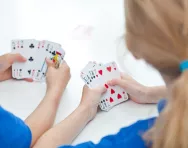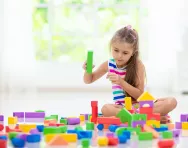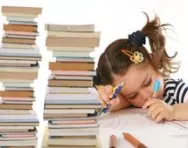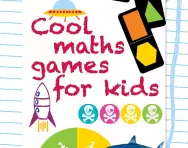Important update from TheSchoolRun
For the past 13 years, TheSchoolRun has been run by a small team of mums working from home, dedicated to providing quality educational resources to primary school parents. Unfortunately, rising supplier costs and falling revenue have made it impossible for us to continue operating, and we’ve had to make the difficult decision to close. The good news: We’ve arranged for another educational provider to take over many of our resources. These will be hosted on a new portal, where the content will be updated and expanded to support your child’s learning.
What this means for subscribers:
- Your subscription is still active, and for now, you can keep using the website as normal — just log in with your usual details to access all our articles and resources*.
- In a few months, all resources will move to the new portal. You’ll continue to have access there until your subscription ends. We’ll send you full details nearer the time.
- As a thank you for your support, we’ll also be sending you 16 primary school eBooks (worth £108.84) to download and keep.
A few changes to be aware of:
- The Learning Journey weekly email has ended, but your child’s plan will still be updated on your dashboard each Monday. Just log in to see the recommended worksheets.
- The 11+ weekly emails have now ended. We sent you all the remaining emails in the series at the end of March — please check your inbox (and spam folder) if you haven’t seen them. You can also follow the full programme here: 11+ Learning Journey.
If you have any questions, please contact us at [email protected]. Thank you for being part of our journey it’s been a privilege to support your family’s learning.
*If you need to reset your password, it will still work as usual. Please check your spam folder if the reset email doesn’t appear in your inbox.
Creating a space to play
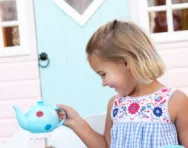
Creating a space for play and creativity is great fun - and not just for your child! It doesn't matter if it's just a patch on the floor in the dining room. What matters is that the child has a space they can call their own to play quietly... or noisily!
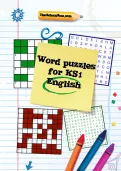
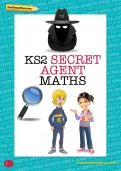
Claim four puzzle packs!
- Word Puzzle Packs
- Numeracy Puzzle Packs
- Challenging and exciting | Boost key skills
Getting started
By choosing a design for the area with a theme based around your child's interests, you are filling the room with images that will indulge their imagination. So begin by brainstorming with the little people who will be using the space. Talk about interests and hobbies and tease out favourite colours and characters.
Next bring some grown up judgement to the results. Fads and crazes come and go - and some can be quite outlandish. If you’re decorating, a tip is to keep the background neutral and to incorporate their ideas in accessories and trimmings. Also, think about your child needs - security and stimulation for younger children, excitement and individuality for older children, and privacy and space for friends for ‘tweens'. Try to reflect these in the space.
Remember to be realistic - how much space do you have to work with? Perhaps it’s part of the bedroom, a whole room, or a space in the living room. Also decide on a budget - however large or small.
Finally, draw a plan of the space – decide what will go in it and how it will be organised.
Get your child designing
This is a space where your child's imagination will roam free and their creativity be inspired, so what better way to get them going than by having them put their artistic touch to the design?
Buy white sheets and let your older children tie-dye them in the colours they want, or create their own designs with fabric paint. Cover a standard corkboard with fabric and use it to hang up artwork, photographs or pictures. Using cork tiles instead will enable you to make the board as large as you wish. Hang it close to a desk or table where it can inspire your child as they work.
Fun storage
A good way to encourage your child to keep their new play area tidy is to introduce fun storage systems into the design of the space. You could string a series of storage boxes together to make a toy box train, or paint wooden crates in bright colours and arrange them on top of each other.
Other ideas could include a trunk that both serves as a seat and storage area, a net hammock, hat boxes, drawstring bags, mini plastic drawer sets and so on.
A tall bookshelf works well if you are creating space to play in the main living area. Items can be kept on the lower shelves within easy reach of your child.
Arts and craft space
Every play area needs a resilient washable surface for arts and crafts projects. Include a scrap box in which your child can collect odd bits of materials, such as fabric scraps, packaging and other potentially useful recyclable items. Include a tray for scrap paper and a hook for aprons. You will find it handy to keep a sponge close by to clean up spills and old newspapers to protect floors or surfaces.

